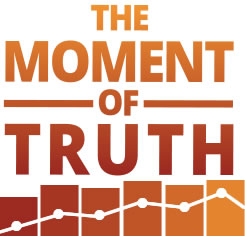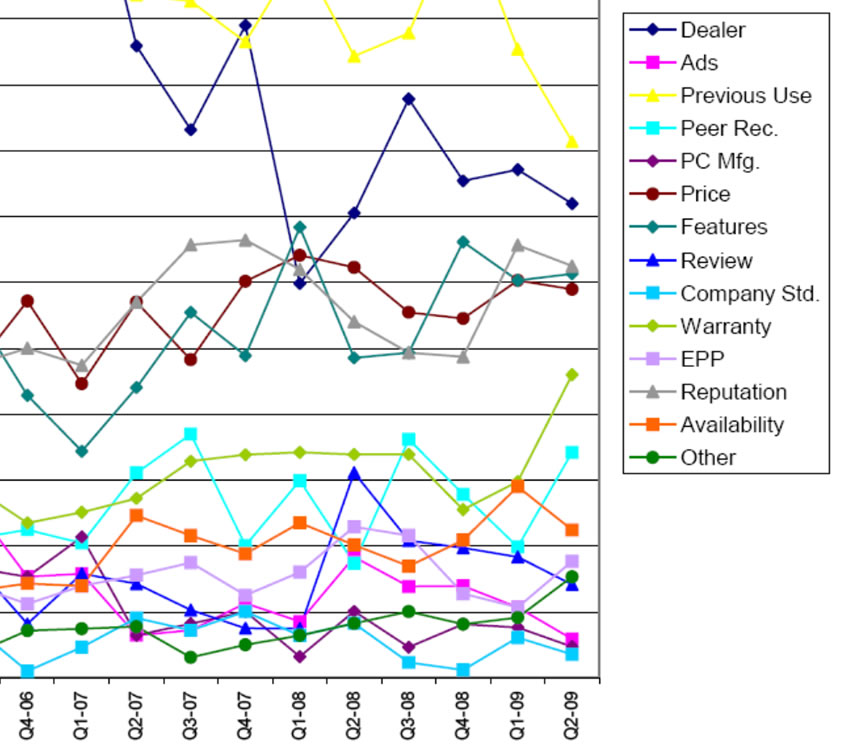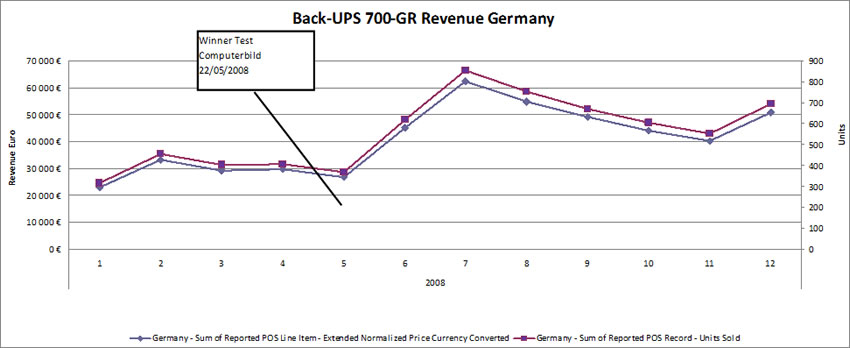Chapter 6
Why you should be smart and shy away from AVEs!

 It is the question that dominates many industry conferences but, in reality, it is pretty easy to step away from “classical” Advertising Value Equivalency (AVE) and to get a real feel for the value of PR efforts by looking at “The Moment of Truth.”
It is the question that dominates many industry conferences but, in reality, it is pretty easy to step away from “classical” Advertising Value Equivalency (AVE) and to get a real feel for the value of PR efforts by looking at “The Moment of Truth.”
As for any business, non-profit organizations need to be able to understand if their communication campaigns have had a positive impact and achieved the goals they have set for themselves.
In the communications world, a pretty common metric is the AVE. Advertising Value Equivalency is a value of what your editorial coverage would have cost you if it were advertising space (or TV and radio airtime) you had purchased.
One of the issues with using AVE is that it only gives you a measurement metric that can help you navigate your communication campaigns. And although it resonates well with C-Level managers, as it seems to show a “Euro Value” of equivalent publicity, it is only showing you a value of a cost : how much would it have cost you to book this many pages, this many minutes of airtime if this coverage had been based on actual advertising and not editorial?
There are two other issues with AVE. First, it doesn’t evaluate if your campaigns appeared in the proper publications (the ones you had set yourself as targets), and second, it doesn’t give you any sense of how you compare to the universe you evolve in: your competition.
So, how should you measure then?
First of all, look at your Share of Voice (SOV). In a competitive environment, you’ll always need to compare and position yourself against your competitors in terms of visibility.
By consistently monitoring your own, as well as your defined competition’s editorial coverage, you’ll be able to compare how many articles, impressions, and total ink space, you’ve achieved versus the universe of brands with which you compete.
In a highly competitive environment, a decent position to be in is to achieve at least a 33 percent share of voice. Aiming for that 33 percent will give you and your PR strategy, clear plans, objectives and goals.
Secondly, look at whether your activity has had an impact on the awareness of your brand and/or your sales volumes. You can then map activity type to actual sales.
“How hear, why buy” studies are the first step to carry out, and are called “The Moment of Truth.” These studies will help you understand how much your target audience has heard of you, what action they took and for how much.
They are simple to carry out. More often than not, a simple run through your own customer database, customer care center listings, tech-support call logs etc… will give you easy access to a fresh and active customer base. It’s now just a matter of asking them these questions: how did they hear of you, your solutions, your message, and why did they take action?
The tip is to carry these surveys out consistently, and over several quarters. This will give you perspective and allow you to track trends. As with any statistic, the absolute value of a specific data point is of lesser importance than its variation over time: What have I done to achieve this 5x increase in why-my-customers-purchased-my-solution? And can I repeat it?
There are several reasons why your customers do business with you (or support your ideas). It could be push, through your sales force or your channel. It could be pull, through advertising, PR…. Repeat-buy (customers know you, like you and purchase your solution again) or peer recommendation (your current customers are advocating your solutions to peers, friends or family).
All these demand drivers are of the utmost importance in any integrated marketing campaign. But to understand the impact of one over another will help you prioritize, and sequence your campaign efforts on one or another demand driver, at a certain point of time, to optimize the outcome, and finally increase the business impact of your campaign.

Actual illustration of a “Why-buy? study” in Germany on a specific product SKU. X axis is time, y axis is percentage of responses.
In the illustration above, check the blue bar with triangle markers (Review –editorial coverage) and notice the 3x jump in responses in Q2-08 over the previous quarter on why customers purchased this specific solution. So here’s the question: what has happened in that specific quarter for three times more customers to visit the store and purchase that specific SKU vs the quarter before that?
Having looked through the editorial coverage for that time period, it turned out that this product had been featured in a comparative review in a very popular, high-circulating publication and had received an Editor’s choice award from their lab, in May 2008 (Q2).
By looking at the sales figures, the impact was extremely clear. It is also important to notice that both Units shipment and Revenue lines are in synch, which means that the sales increase wasn’t due to a promotion along the lines of “buy five units, and get one free”… The impact was clearly as a result of the positive review.

By mapping your “Moment of Truth” studies to your sales numbers in order to evaluate your impact and therefore your ROI is to guarantee yourself a seat at the Board table. PR isn’t a cost, it’s an investment, so you’ll want to show some ROI.
Because yes, we are all in sales!
 Thierry Nicolet
Thierry Nicolet
Thierry Nicolet is Senior Vice President, Press Relations, Global Marketing, Schneider Electric and a coordinator of the Evaluation Working Group for the European Association of Communication Directors.